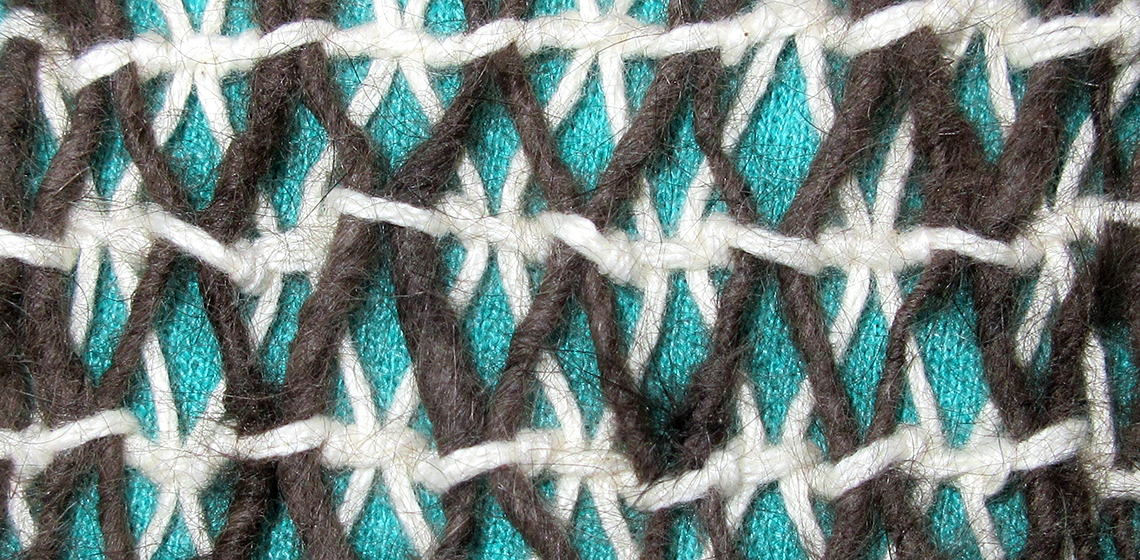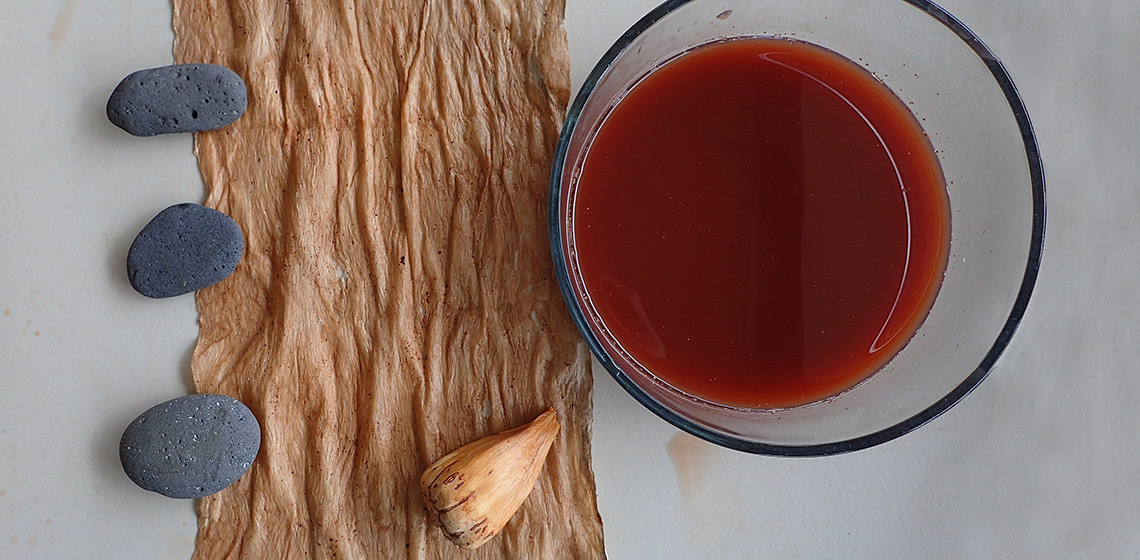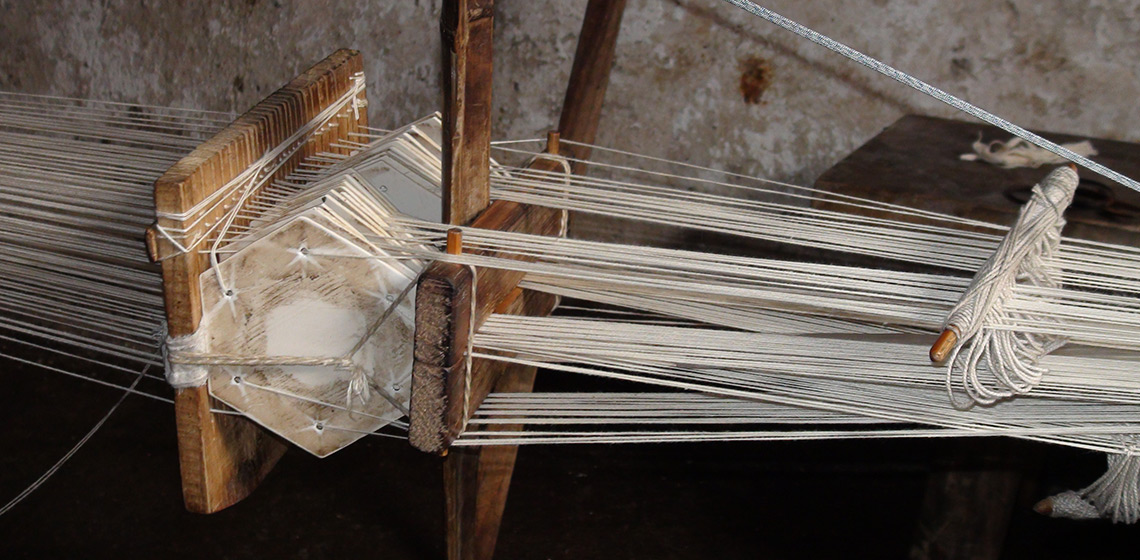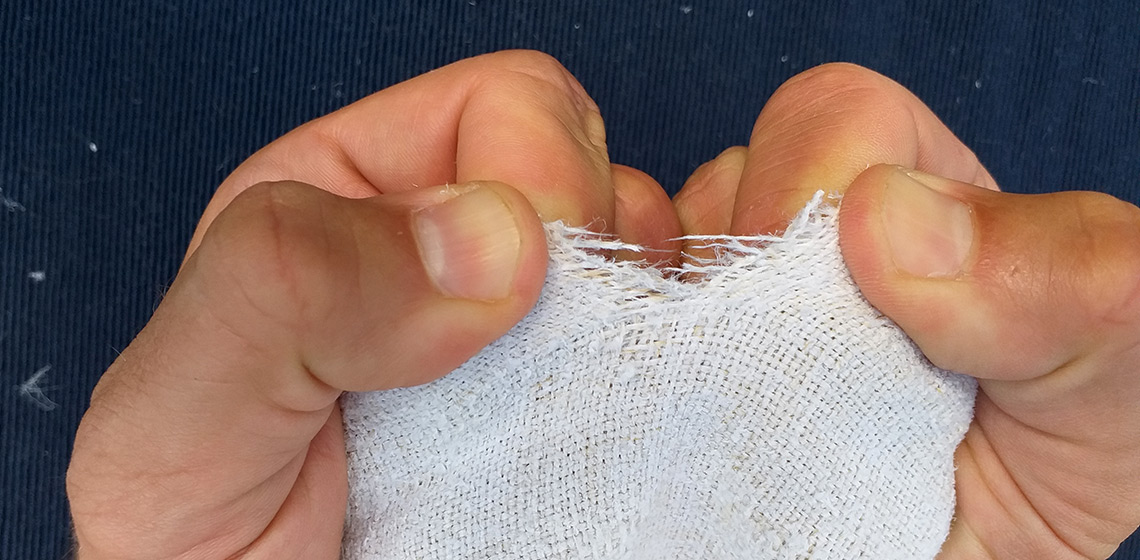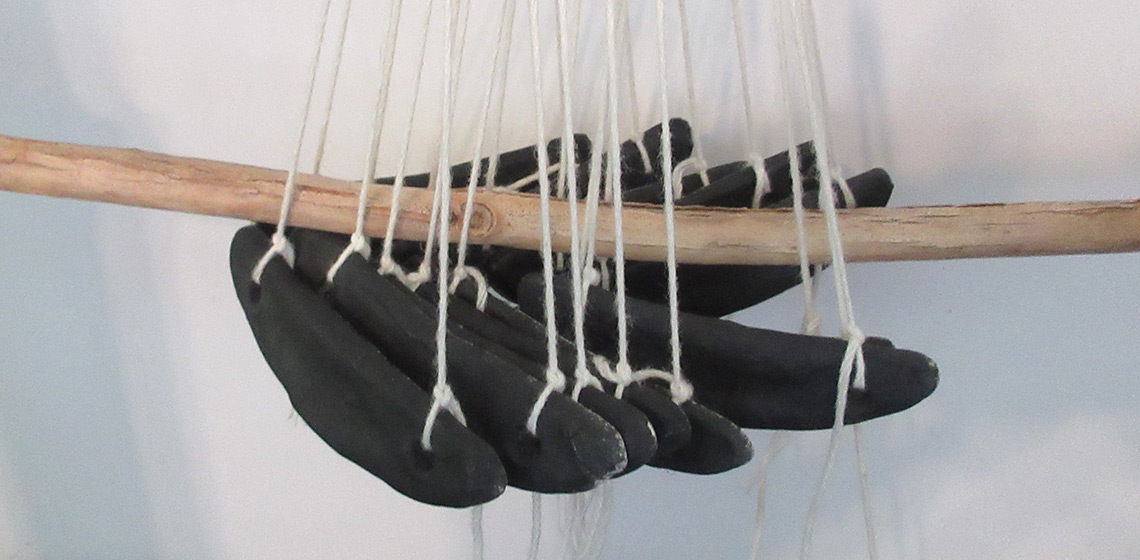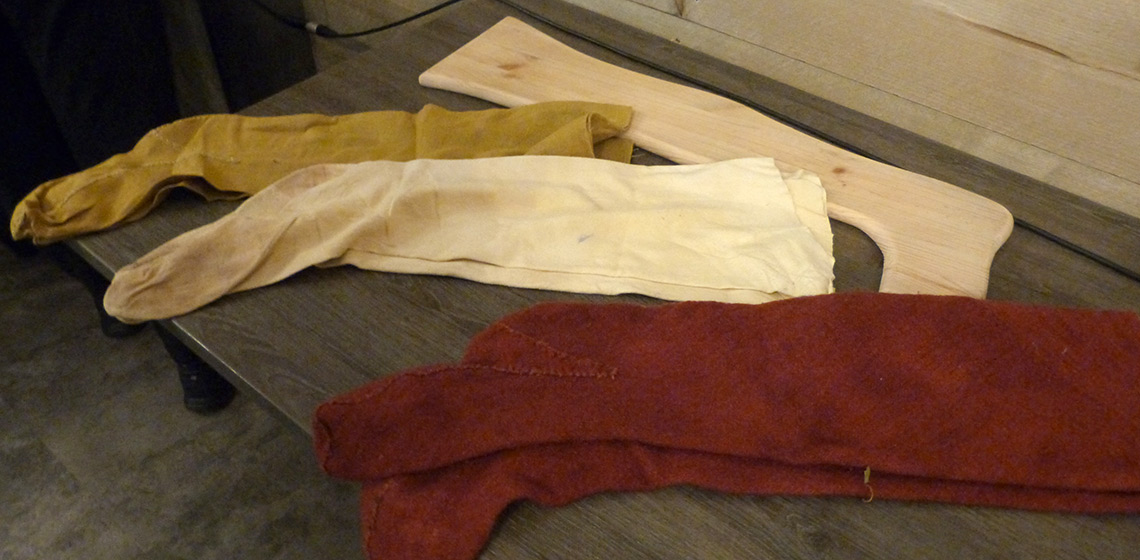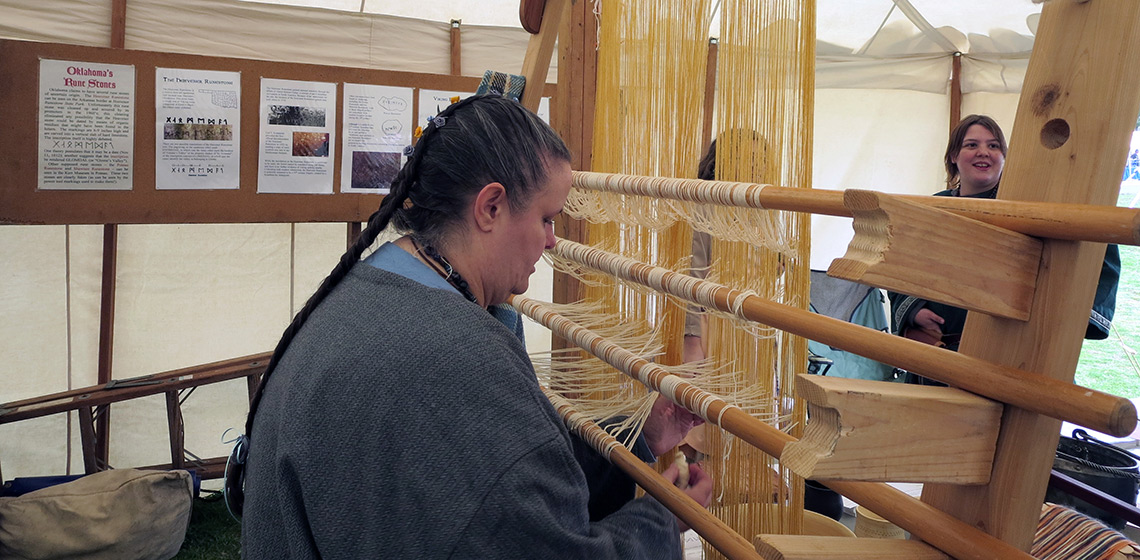textile
More Testing of Mesoamerican Lunate Artifacts as Possible Loom Weights, that also Functioned as Twining Tools
Publication Date
In previous replication studies and experiments, a lunate jade artifact from the Pre-Classic/Formative period (1500 BC-AD 250) of Mesoamerica was analysed, researched, and tested for its similarities to the crescent weight, a specialized type of loom weight found in ancient Central and Southern Europe. These analyses successfully established that...
Bast, Ferns, and Mud: Experimental Recreation of a Kapa Kaha (Barkcloth)
Publication Date
#EAC12 World Tour 2021
***Kapa (Hawaiian barkcloth) was the ubiquitous fabric of historic Hawaiʻi, used for everything from clothing to bedding, from swaddling newborns to enshrouding the deceased, and all things in between. This textile is crafted from the bast (inner bark) of several plant species...
***Kapa (Hawaiian barkcloth) was the ubiquitous fabric of historic Hawaiʻi, used for everything from clothing to bedding, from swaddling newborns to enshrouding the deceased, and all things in between. This textile is crafted from the bast (inner bark) of several plant species...
Book Review: Weaving a Realm, Vietnamese clothing from around 1500 AD
Publication Date
What a pleasure it was when this book landed on my coffee table! The book is bilingual Vietnamese – English, well designed and covers over 200 pages with hundreds of full-colour images. The book is a joint project by several Vietnamese from around the world who wished to add to the awareness of Vietnamese identities around the world. Viet Nam is so much more than what people remember of the Vietnam War...
A Shared Warp: The Woven Belts of the Lao Han People, China
Publication Date
The renowned weaver Peter Collingwood briefly mentioned such belts in his book The Techniques of Tablet Weaving (Collingwood, 1982, pp.219-220). Not long before he died in 2008, he contributed a couple of pages on these belts to the book Minority Textile Techniques: Costumes from South-West China (Collingwood, 2007, pp.28-29).
What was *platъ and how Did it Work? Reconstructing a Piece of Slavic Cloth Currency
Publication Date
Using a credit theory of money, we propose that at least some Slavic tribal communities underwent a process of social monetization. In order to fully support this hypothesis, however, many linguistic and historiographic sources would need to be discussed – a task which exceeds the scope of a single article. Therefore, we will here focus on examining (from technical perspective) the oldest type of “money” mentioned by Slavic tribal communities, which we interpret as physical records of mutual obligations.
The Shroud of Turin and the Extra Sheds of Warping Threads. How Hard can it be to Set up a 3/1 Chevron Twill, Herringbone on a Warp-weighted Loom?
Publication Date
On the 10 May 2020, Mr. Hugh Farey sent me an email. He introduced himself as “a researcher into the weaving of the linen cloth known as the Shroud of Turin”. Then he described the size of the Shroud and how it looked. His question to me was this: “If you had a piece of cloth as described and looked at it closely, could you tell if it was made by a warp-weighted or treadle loom, or would there be no difference?”...
Testing Mesoamerican Lunate Artifacts as Possible Crescent Loom Weights
Publication Date
While the importance of textiles in Mesoamerica from the Classic period (AD 250-900) onward is well-recognized, scholars have conducted little exploration of earlier Mesoamerican textile production. This lack of scholarship may be attributed in great part to the scant preservation of perishable textiles and tools from ancient times. New sources of information have been recognized, however...
Conference Review: A Weekend in Leiden: Knitting History Symposium, 2019
Publication Date
This Conference was organised by the TRC Leiden and the Knitting History Forum in Leiden. On the 2nd of November 2019 I had the opportunity to visit Leiden to take part in the Knitting History Symposium. What follows are my notes and observations and therefore may not accurately reflect what was said. I am very much hoping that the different papers will with time be published and made accessible...
Book Review: With One Needle: How to Nålbind by Mervi Pasanen
Publication Date
In the modern world currently, there is an interest in and desire to understand ancient craft technologies, along with learning the practical side of these skills. Nålbinding is a craft which has been taught and demonstrated for the last 50 years, mainly within heritage and re-enactment communities. The cultural and social history of this craft has survived as a narrative better in some countries than others...
Working with Artisans; The ‘It Depends’ Dilemma
Publication Date
We live in a world where scientific method is both the expected and accepted path to knowledge. With any scientific method, experiments based on detailed, well-documented, well-considered theories, and precise set-ups must be replicated exactly by others who come to the same conclusion to consider the information gleaned from them to be valid. This has become the accepted practice for most...

